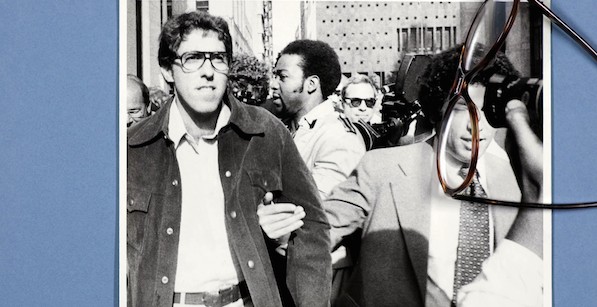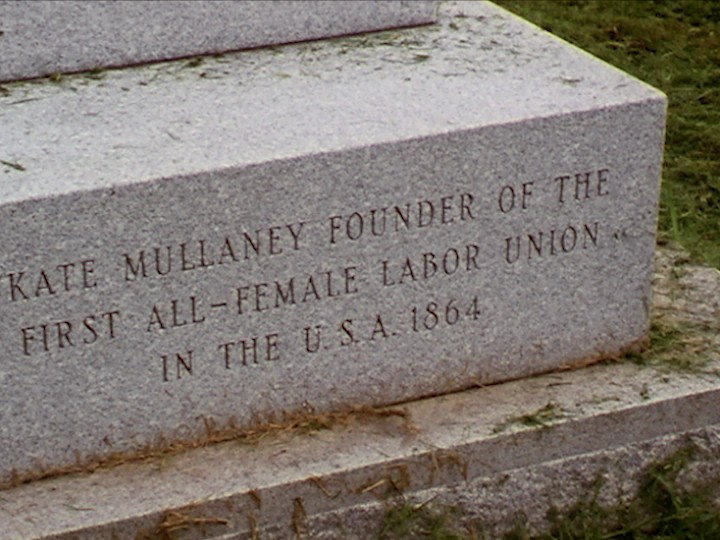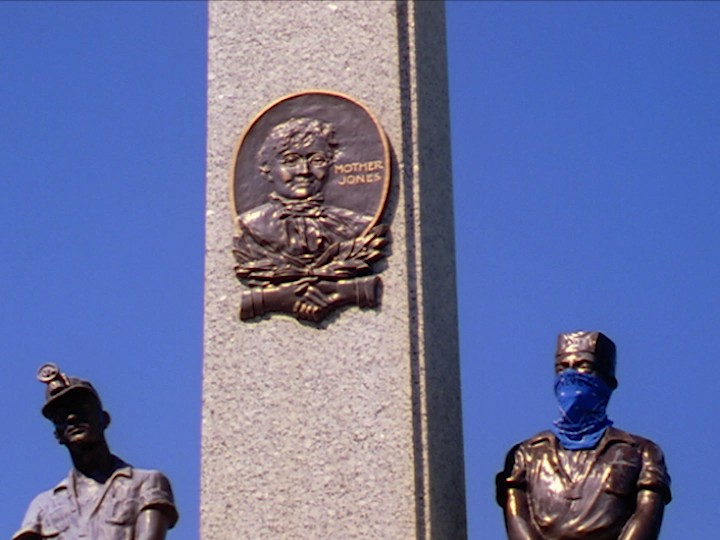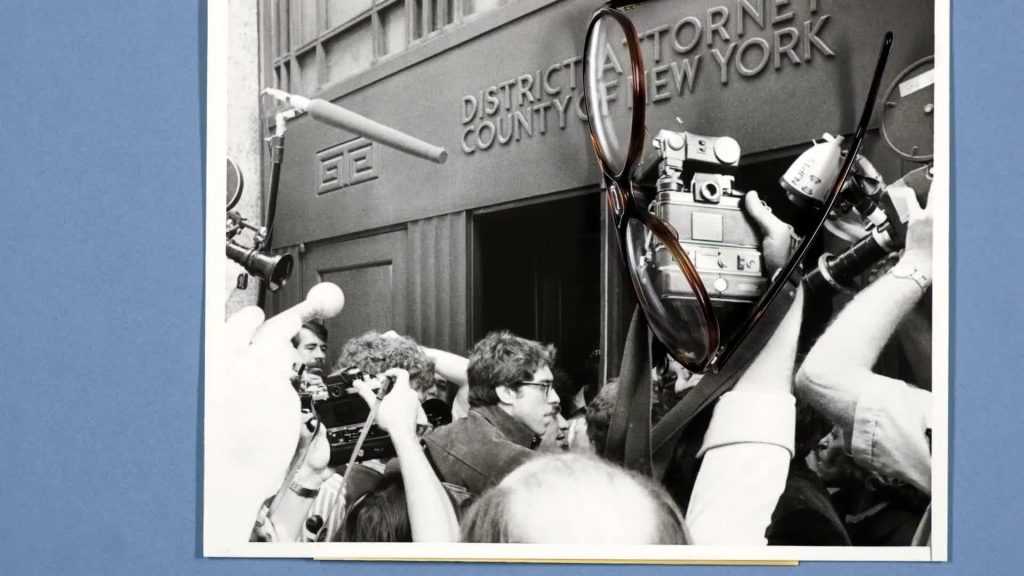From pioneering New Deal nonfictions like The Plow That Broke the Plains (1936) and The City (1939) on through the Gravity Hill Newsreels produced during Occupy Wall Street, the history of American documentary is inextricable from the country’s progressive politics. In recent years, though, the majority of documentaries concerned with radical subjects seem to be locked in the past. The reasons for this are many, but Walter Benjamin might well have diagnosed a case of “left-wing melancholy,” his phrase for a romantic attachment to a specific reading of the past that precludes any possibility for a radical change in the future. This potent combination of sentimentalism and fetishism is readily apparent in any number of tasteful arrangements of archival footage, solemn voiceovers and the familiar casts of talking heads, but for every dozen films that stop short of the present tense, there are others for which the problem of representing radical history is itself a clarion call.
John Gianvito’s Profit motive and the whispering wind (2007) is one such film, a clear-eyed elegy for earlier generations of American radicals predicated on the persistence of their struggle, made during the long twilight of George W. Bush’s presidency. Lasting a little under an hour, the film saunters through a comprehensive, if necessarily subjective, tour of monuments to the American left. Gianvito dedicates the film to Howard Zinn’s A People’s History of the United States, and he cuts a large swath over indigenous holdouts, Quakers, suffragettes, anarchist theorists, labor organizers, civil rights activists and conscientious objectors and dissenters of all stripes—each represented by a grave site or historical marker.
We’re only given a few moments at any one site, and yet the inexorable momentum of the montage is balanced by the reposeful mood of cemeteries filmed in full leaf—those not immediately abutting highways and fast-food restaurants, anyway. Where monuments are typically used as material for cutaways in documentaries, Gianvito’s radically simplified grammar of stone, sky, earth, trees, and text opens a space for us to contemplate the reasons we set out to memorialize the past. Not that Gianvito is entirely beholden to the existing inscriptions: early on, he replaces the word “defeated” with a hastily handwritten “massacre” for his marker to the Great Swamp Fight of 1675. The monuments invariably gesture towards perpetuity, but the slow growth of lichens over the once spotless headstones, along with some of those now obscure names inscribed thereupon, indicate the way that the memory of past events itself grows old. As evidence of one person’s quest to shore up this ever-receding past, Profit motive and the whispering wind evokes Sergei Eisenstein’s ideal: “The spectator is compelled to proceed along that selfsame path that the author traveled in creating the image.”
Headstones may be fixed in space, but Gianvito takes care to preserve the play of shadows upon their surfaces: the “whispering wind” of the title, brushing through the trees and wonderfully vivid in the sound mix. It’s the wind of innumerable folk songs and films (many have pointed out that Profit motive and the whispering wind would seem to follow directly from Gianvito’s recollection of Jean-Marie Straub quoting D.W. Griffith as saying, “What the moving pictures need is a moving wind”), that persistent something carrying across generations. The motif is given sharper definition by one epitaph in particular: “The day will come when our silence will be more powerful than the voices you are throttling today.” As we begin to grasp the montage’s chronological design, a certain pressure begins to exert itself, pressing towards a present moment that is ours to reimagine. And yet, historical momentum notwithstanding, one might reasonably note that the disparate figures being invoked wouldn’t necessarily see themselves as participating in the same struggle (the labor organizers certainly haven’t always seen eye-to-eye with the civil rights activists). Like any artist, Gianvito knows that he must invent his own influences. His film is finally about the action required to make these disparate strands of history cohere—literally in the making of the film, metaphorically in the protest footage that provides its clinch.
Sam Green’s Clear Glasses offers a comparatively microscopic view of what remains of the radical past. The four-minute short serves as a pendant to The Weather Underground (2002), Green’s feature-length documentary about the militant group. Mark Rudd emerged as a pivotal figure of that ensemble film, partly because of the quiet intensity of his reflections as well as the disparity between the insurgent in the archival footage and the seemingly subdued math teacher of the present. Appreciative of Green’s film, Rudd sent him the clear lens glasses that he wore when he turned himself in to New York City police in 1977. The film uses animation to send this special delivery spinning around archival news footage of Rudd’s surrender; on the soundtrack, the two read their letters about the object. The clear glasses are metaphorically fraught as a disguise, but Green is primarily struck by their status as artifact. His film neatly evokes that stunning moment when the researcher is confronted with the irreducible reality of the mythologized past that he or she is studying. It’s only then, when the past is felt to impinge upon the present, that the truly radical history can be written.








